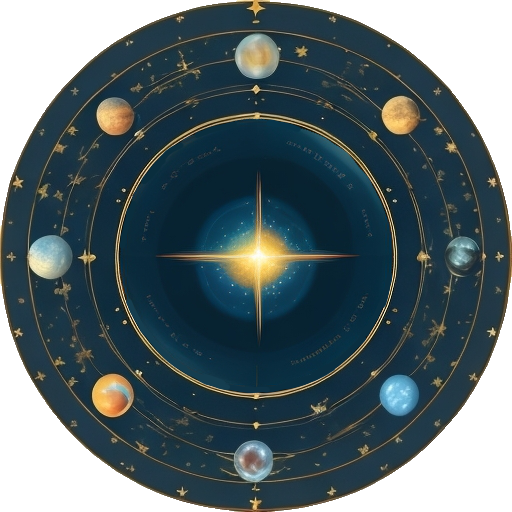Lunar Calendar

The lunar calendar reflects the phases of the moon, which change from the full moon to the new moon and back. The transition from one phase to another takes about 29.5 days.
There are 7 lunar phases:
- New Moon - the initial stage of the moon's growth after the new moon. The new moon gradually becomes visible, and its thin crescent of light appears. This time is considered favorable for setting new goals, starting projects, and making plans.
- First Quarter - half of the moon is illuminated, and the other half remains dark. The moon looks like a half-circle. Energy increases, and it can be a time of activity and expansion.
- Waxing Gibbous - a growing phase where the illuminated side becomes larger but has not reached full illumination. The moon is almost full, but a thin shadow may be visible. Energy reaches its peak, supporting development and success in various areas.
- Full Moon - the moon is fully illuminated when the Sun, Earth, and Moon are in line. The moon has a full, bright disc in the sky. Increased emotional intensity and intensity in various aspects of life may occur.
- Waning Gibbous - a decreasing phase where the illuminated side gradually decreases. The moon still has a thin shadow, but it becomes more pronounced. This time can be favorable for completing ongoing tasks and resting.
- Last Quarter - half of the moon is illuminated, and the other half is dark, but in a different order than the first quarter. The moon looks like a half-circle, but now the other half is illuminated. It's a time to finish projects, make final decisions, and prepare for a new cycle.
- Old Moon - the final stage of the moon's decline before the new moon. The thin strip of light diminishes, and the moon comes to the end of its cycle before the arrival of the new moon. A time for rest, self-analysis, and inner enlightenment.
Learn more about the influence of the lunar calendar on people in the relevant sections of the website.

